Notifying clients/suppliers
If your business buys or sells to both, you will have to implement different procedures accordingly. If your business mainly buys, then you will have to notify your suppliers of your new e-invoicing policy but you may have to be more flexible because if they have not yet embraced e-invoicing then they may not be able to comply with your needs. However, if your company predominantly sells once you have let your customers know and they have agreed to receive invoices electronically you can be on your way. However you will always have to have procedures in place for if customers are not happy to be invoiced electronically.
Digital Signature
You will need to make sure that all you invoices and receipts have digital signature on them so that they are legally authenticated and the integrity of the data held within the electronic document can be verified. There is plenty of new software out there that integrates with Adobe Reader, Microsoft Word or Excel to enable easy incorporation with your current business processes. Also it is important to note that different EU Member States’ tax authorities have different rules around what is acceptable authenticity for electronic invoices so you must be aware if you need to deal with more than one.
Are you able to manage the VAT/GST compliance issues?
This is especially imperative to consider if your company does business in multiple territories and you have to account for different rates of VAT and/or GST. You should have procedures in place so that you can invoice all rates of VAT, standard, reduced or exempt depending on the nature of the invoice, and you should make sure that you stay up to date with changes to the rules. If a VAT rate changes, as they are often doing at this time of EU uncertainty and austerity, your business must be able to keep up and issue VAT compliant electronic invoices accordingly.
ERP/Shared Service Centre’s/IT Integration
Any electronic invoicing platform should integrate with your company accounting/ERP system, which should already be set up to deal with multiple VAT numbers if needed. You may wish your e-invoicing to be handled by a shared service centre so that everything is centralised and the consistent across your business but you must make sure that they are fully trained. Also you may need to spend time training your IT department depending on whether you have one centralised department or you outsource at all.
Archiving
All tax authorities require your business to store records for a certain number of years in case they need to, for example in cases of tax audits, ask you to see them and so a good record keeping system when you move to e-invoicing system is crucial. You must make sure that your business has a secure archiving system for all invoice-related documents and that you have a transaction trail that is viewable in a human-readable format. By having these procedures in place your company will avoid fines and penalties from the tax authorities that you deal with.
Mallory Wood is Digital Marketing Manager at Accordance – specialists in reviewing & implementing VAT coding for ERP systems. Accordance was founded in response to Europe’s rapidly changing VAT situation with the aim to simplify the experience of cross-border VAT for businesses trading in Europe through a policy of practical engagement with clients and their indirect tax issues.

2 Comments
Leave a Reply
Cancel reply
Leave a Reply
This site uses Akismet to reduce spam. Learn how your comment data is processed.











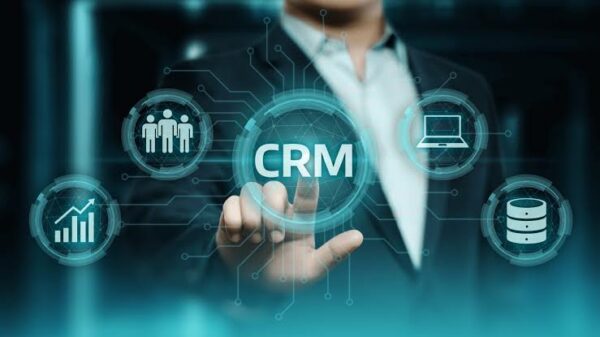






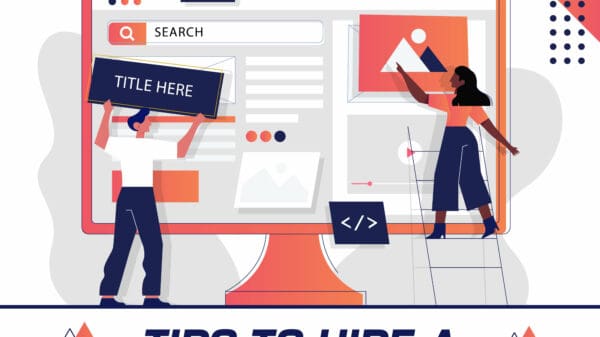


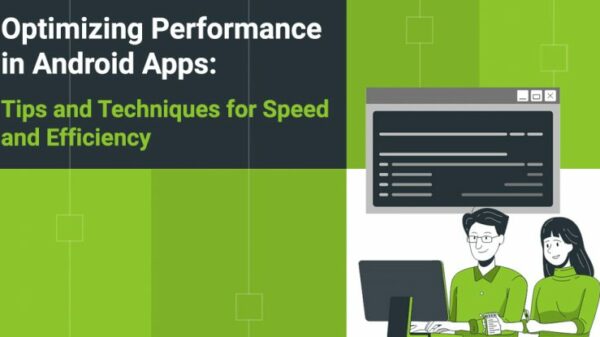






















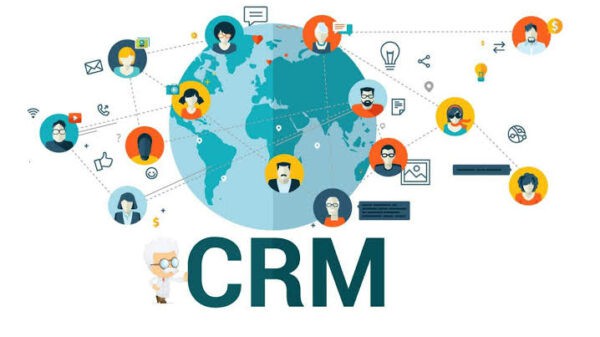









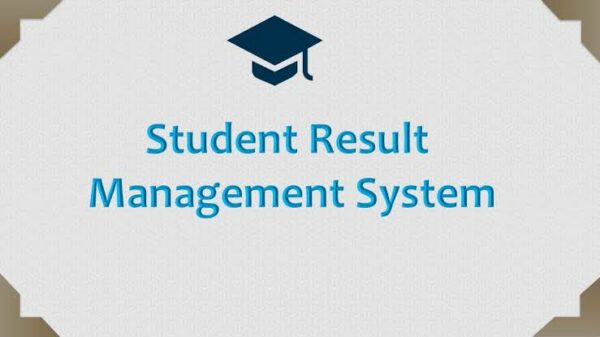











































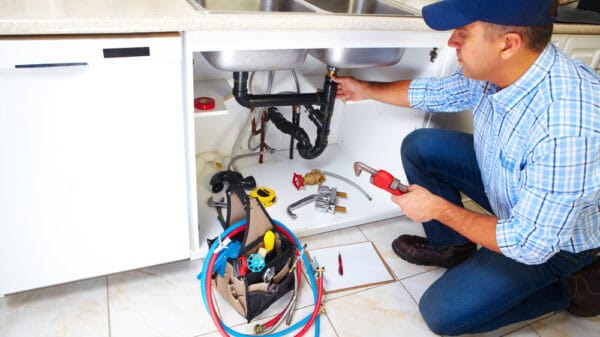




































































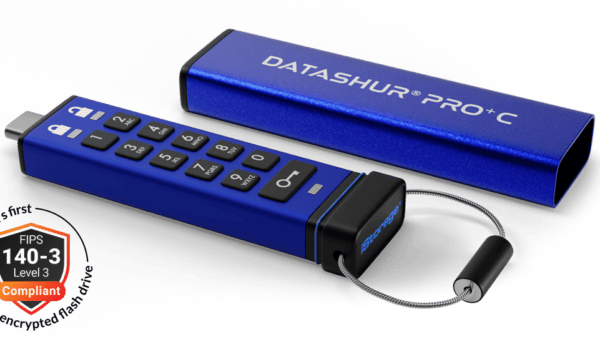









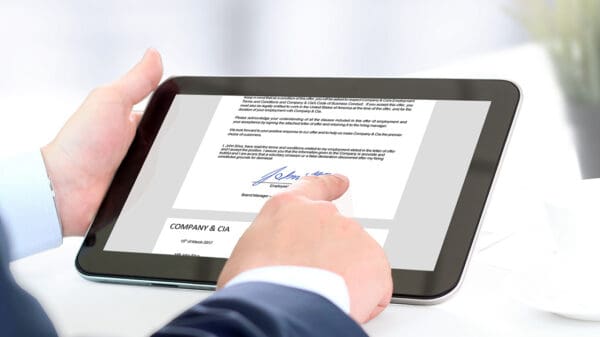

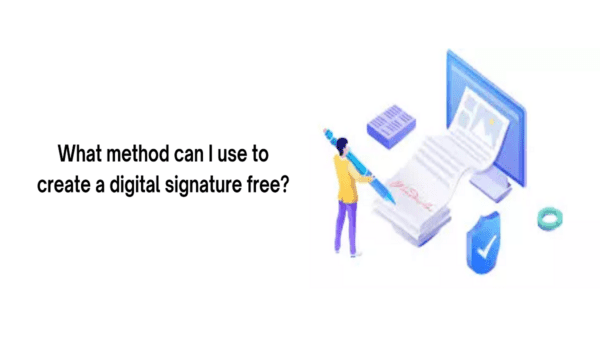
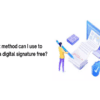
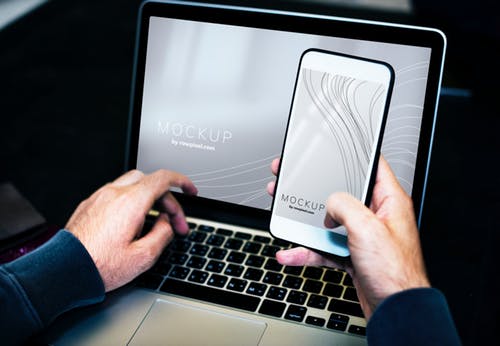

Emilia
September 30, 2012 at 2:34 pm
Hi Mallory! Thanks for sharing these very helpful tips, I’m considering sending out e-invoices to my customers so I’m currently trying to find out more about how I can go about it effectively.
Kath Barrington
October 3, 2012 at 4:14 pm
Thanks for these very helpful tips. I’m just planning to do E-invoicing as well, I’ll this to heart. I can’t wait for your other articles, I’m sure they will be helpful too.